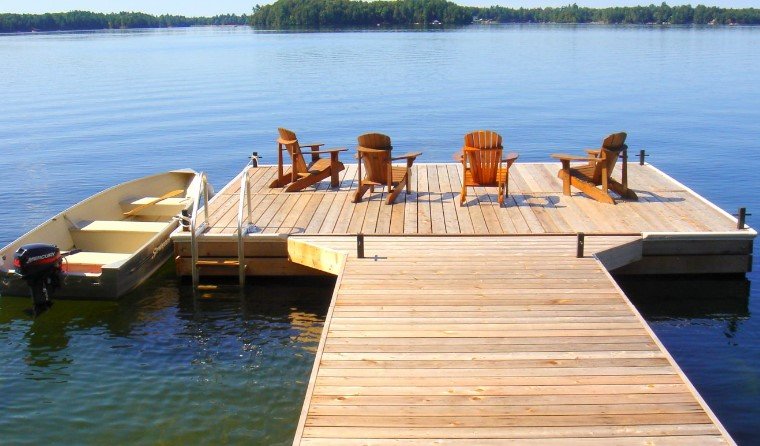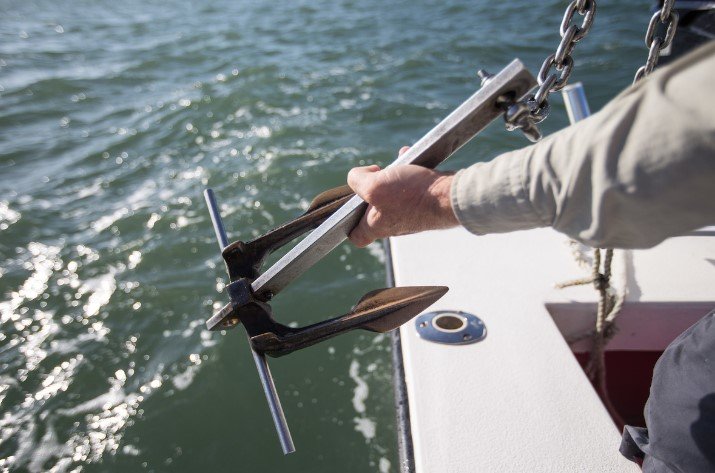
Floating Docks: Versatile Waterfront Solutions

Floating docks are revolutionizing the way we approach waterfront development and access. These innovative structures offer a host of benefits over traditional fixed docks, making them an increasingly popular choice for residential, commercial, and recreational applications. In this article, we’ll delve into the world of floating docks, exploring their types, installation process, maintenance requirements, environmental impact, applications, advantages over traditional docks, considerations before installation, case studies, and future trends.
Introduction to Floating Docks
What are floating docks?
Floating docks are versatile structures designed to provide stable and accessible platforms over water. Unlike traditional fixed docks, which are anchored to the shoreline, floating docks are buoyant and remain on the surface of the water.
Benefits of floating docks
Floating docks offer several advantages, including adaptability to changing water levels, ease of installation, minimal environmental impact, and increased stability in rough waters.
Types of Floating Docks
There are several types of floating docks available, each with its unique design and construction methods.
Modular floating docks
Modular floating docks consist of individual sections or modules that can be easily assembled and disassembled. These docks offer flexibility in configuration and are ideal for varying waterfront shapes and sizes.
Pipe floating docks
Pipe floating docks utilize buoyant pipes or tubes to support the deck structure. These docks are lightweight, durable, and can be customized to fit specific design requirements.
Concrete floating docks
Concrete floating docks are constructed using reinforced concrete pontoons, providing excellent stability and longevity. These docks are suitable for heavy-duty applications and can withstand harsh marine environments.
Installation Process of Floating Docks
Installing a floating dock requires careful planning and execution to ensure a safe and stable structure.
Preparation
Before installation, the site must be surveyed to assess water depth, bottom conditions, and accessibility. Any obstacles or hazards should be identified and addressed to prevent future complications.
Assembly
Once the site is prepared, the floating dock modules or components are assembled according to the manufacturer’s instructions. This may involve connecting sections, installing decking, and attaching accessories such as handrails and cleats.
Anchoring
Anchoring is crucial to securing the floating dock in place and preventing movement due to wind, waves, and currents. Various anchoring methods, such as pilings, chains, and mooring lines, can be used depending on the water conditions and dock design.
Maintenance of Floating Docks
Proper maintenance is essential to ensure the longevity and performance of floating docks.
Regular cleaning
Floating docks should be regularly cleaned to remove debris, algae, and other contaminants that can cause deterioration and slip hazards.
Inspections
Routine inspections are necessary to identify any signs of wear, damage, or structural issues. Inspections should include checking for loose fasteners, cracks, corrosion, and flotation integrity.
Repairs
Prompt repairs should be conducted to address any maintenance issues identified during inspections. This may involve replacing damaged components, reinforcing weak points, or applying protective coatings.
Environmental Impact of Floating Docks
Floating docks offer several environmental benefits compared to traditional fixed docks.
Eco-friendly materials
Many floating dock manufacturers use eco-friendly materials such as recycled plastic, aluminum, and composite decking to minimize environmental impact and promote sustainability.
Wildlife habitat
Floating docks create habitat opportunities for aquatic plants and animals by providing shaded areas, refuge from predators, and attachment surfaces for marine organisms.
Applications of Floating Docks
Floating docks are versatile structures with numerous applications across various sectors.
Residential use
In residential settings, floating docks are used for private boat mooring, swimming platforms, fishing, and recreational activities.
Commercial use
Commercial establishments such as marinas, resorts, and waterfront restaurants utilize floating docks for guest moorage, watercraft rentals, and outdoor dining spaces.
Recreational use
Public parks, waterfront promenades, and recreational facilities incorporate floating docks to enhance access to water-based activities such as kayaking, paddleboarding, and sightseeing.
Advantages of Floating Docks Over Traditional Docks
Floating docks offer several advantages over traditional fixed docks, making them a preferred choice for many waterfront projects.
Adaptability
Floating docks can adapt to fluctuating water levels, minimizing the risk of damage during periods of high water or ice formation.
Stability
The buoyant design of floating docks provides superior stability, reducing motion and sway caused by waves and boat wakes.
Ease of installation
Floating docks are easier and quicker to install compared to traditional fixed docks, requiring minimal site preparation and construction time.
Considerations Before Installing a Floating Dock
Before installing a floating dock, several factors should be considered to ensure a successful and compliant project.
Water conditions
The water depth, current strength, wave action, and bottom substrate should be assessed to determine the appropriate design and anchoring requirements.
Permits and regulations
Obtaining the necessary permits and complying with local regulations and zoning ordinances are essential steps in the planning and installation process.
Budget
Budgetary constraints should be taken into account when selecting the type, size, and features of the floating dock to ensure cost-effective solutions.
Case Studies: Successful Implementation of Floating Docks
Several real-world examples demonstrate the successful implementation of floating docks in various applications.
Marina installations
Marinas worldwide have adopted floating docks to accommodate boat traffic, optimize space utilization, and enhance visitor experience.
Waterfront properties
Luxury waterfront properties incorporate floating docks to provide convenient access to boats and water sports while maximizing shoreline aesthetics.
Future Trends in Floating Dock Technology
Advancements in materials, construction techniques, and design innovations are driving the evolution of floating dock technology.
Innovative materials
The development of lightweight, durable, and sustainable materials such as carbon fiber composites and recycled plastics is revolutionizing floating dock construction.
Smart features
Integration of smart technologies such as sensors, monitoring systems, and automated controls enhances the functionality and efficiency of floating docks.
Conclusion
Floating docks offer a versatile and sustainable solution for waterfront development and access. With their adaptability, stability, and ease of installation, floating docks are reshaping the way we interact with aquatic environments. As technology and design continue to evolve, the future of floating docks holds promise for even more innovative and environmentally friendly solutions.
FAQs (Frequently Asked Questions)
1. Are floating docks suitable for rough water conditions?
- Yes, floating docks are designed to withstand a variety of water conditions, including rough waters, high winds, and boat wakes.
2. How long do floating docks last?
- The lifespan of a floating dock depends on various factors such as materials, maintenance, and environmental conditions. With proper care, floating docks can last for decades.
3. Can floating docks be customized?
- Yes, floating docks can be customized to fit specific design requirements, including size, shape, decking material, and accessories.
4. Are floating docks environmentally friendly?
- Many floating dock manufacturers use eco-friendly materials and design practices to minimize environmental impact and promote sustainability.
5. What permits are required for installing a floating dock?
- Permit requirements vary depending on location, water body, and dock specifications. It’s essential to check with local authorities and regulatory agencies for permit guidelines.


